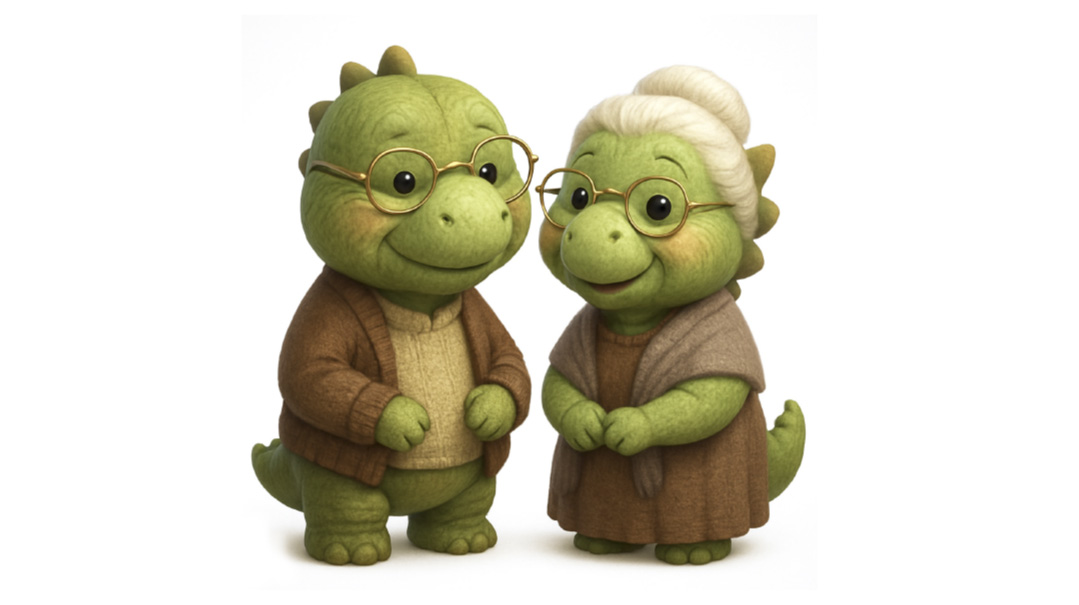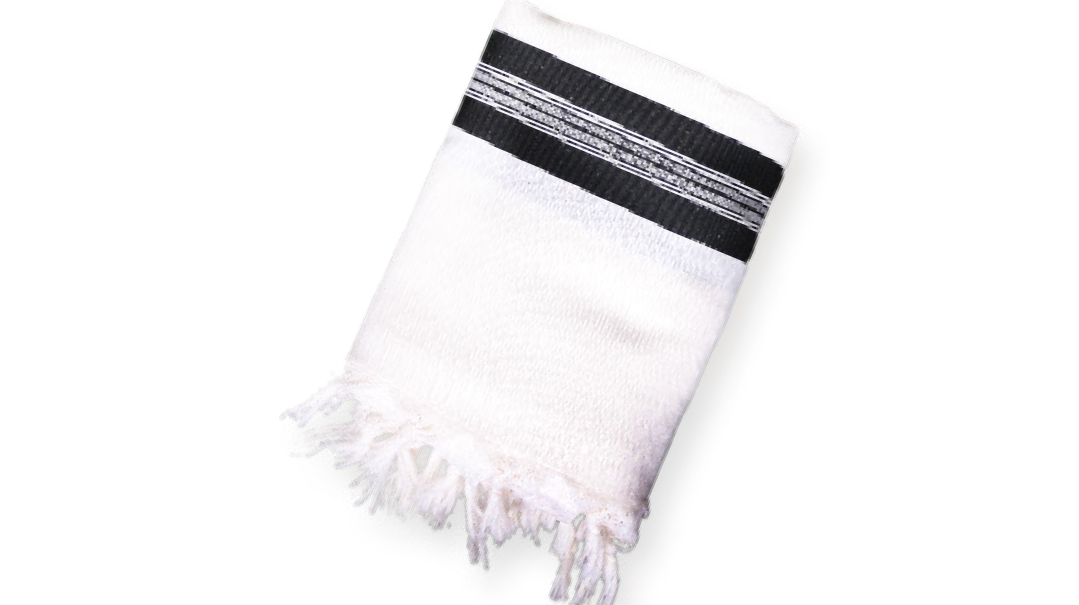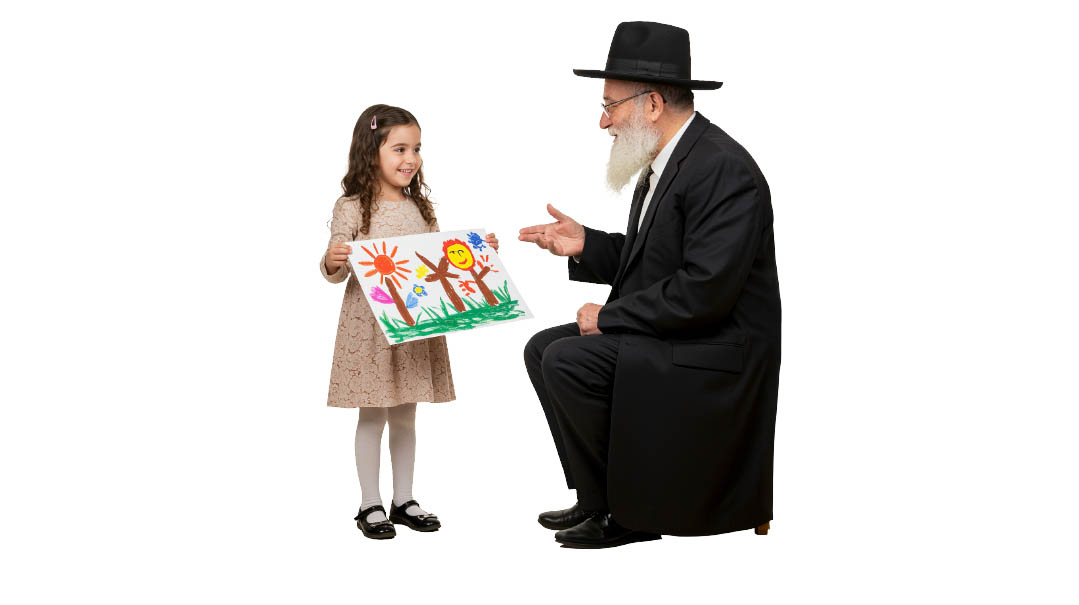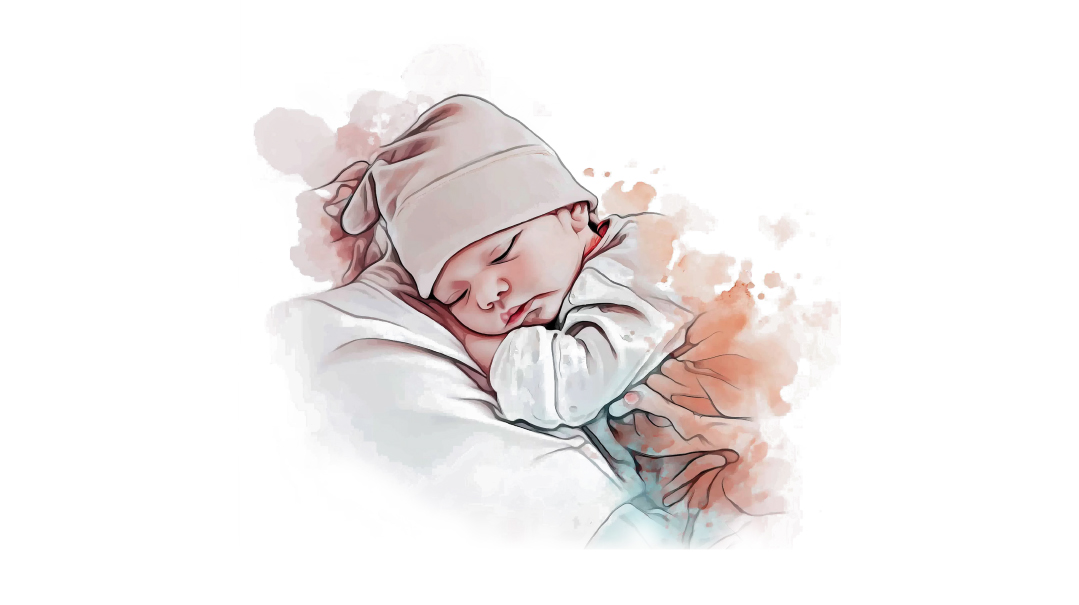The Hat
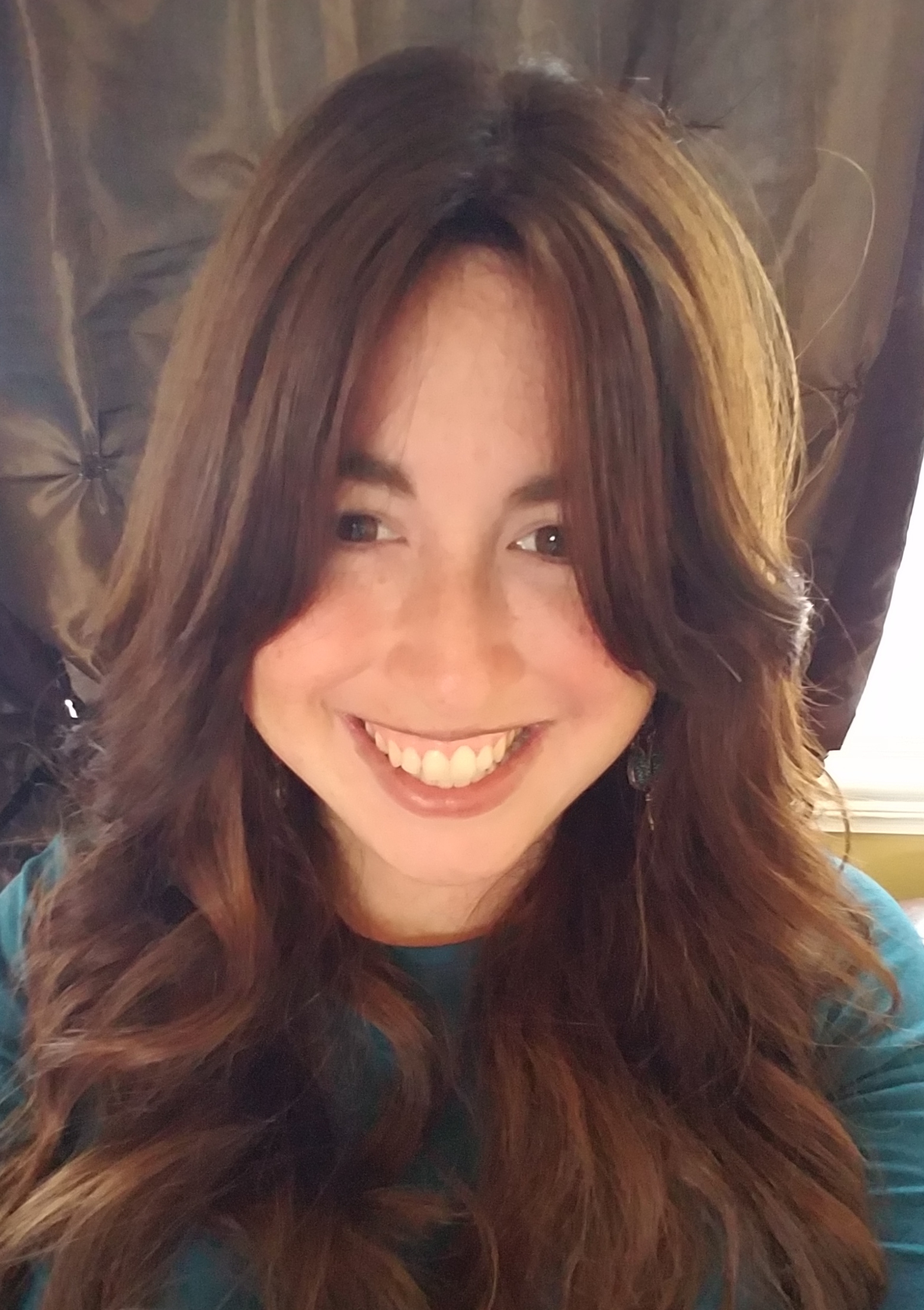
What hasn’t faded with age is my memory of my grandmother wearing this hat during Ne’ilah year after year
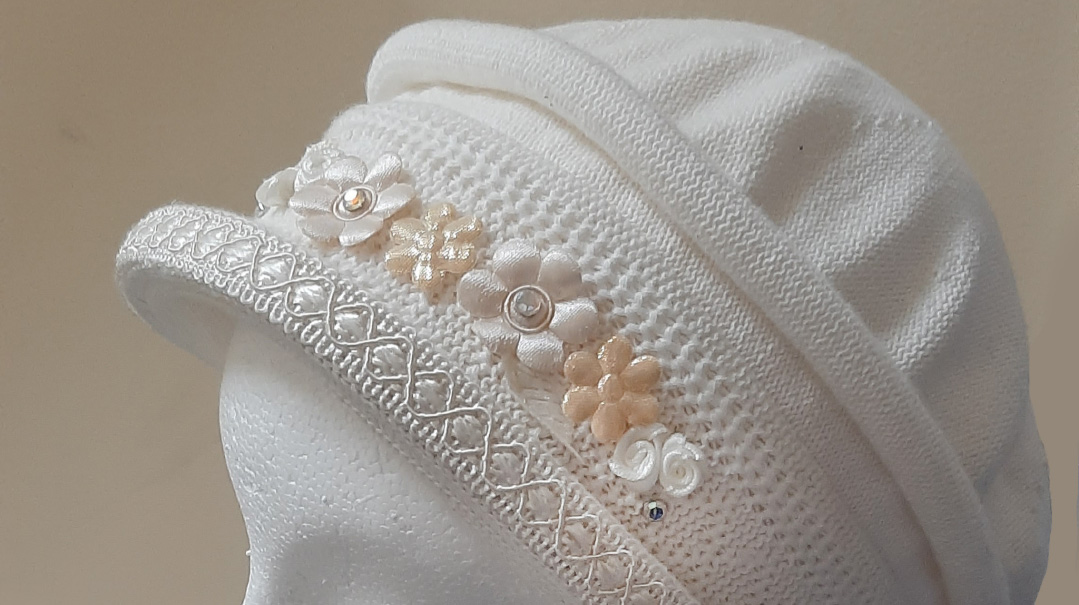
T
he hat has a simple weave, a row of sequins on an inset of lace around the sides, still a pure white after all these years. I vaguely remember when my grandmother received it — a grandson brought it home from Israel and gave it to her as a gift — but the details of the scene have faded with age.
What hasn’t faded with age is my memory of my grandmother wearing this hat during Ne’ilah year after year, standing tall, proud, and serious at the front of the ezras nashim, even as rows and rows of exhausted women sat down around her, drained from the mental and physical marathon of Yom Kippur.
As the years went by, my grandmother’s erect silhouette became stooping and small, but still she stood through the entire Ne’ilah. I remember her at age 90, still standing, firm as ever in her belief in the power of tefillos.
Almost every childhood memory I have of Yom Kippur and those long hours in shul has my grandmother by my side in shul. She was always dressed completely in white, with that iconic hat on her head. I felt like I was sitting next to an angel.
Oops! We could not locate your form.



